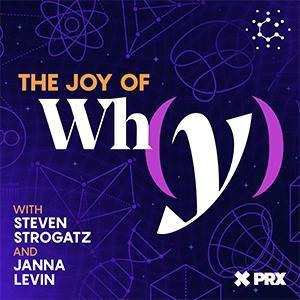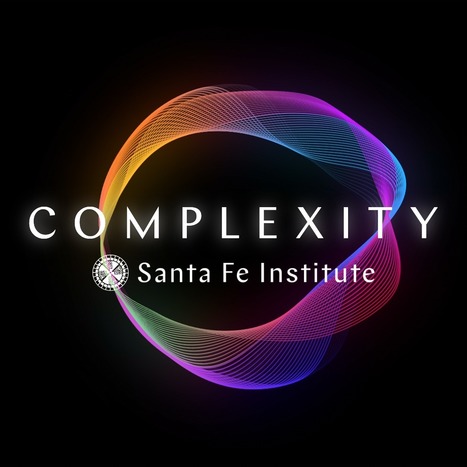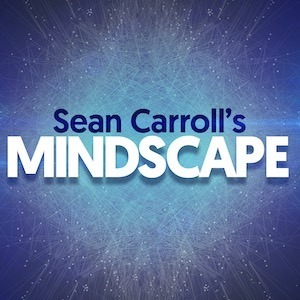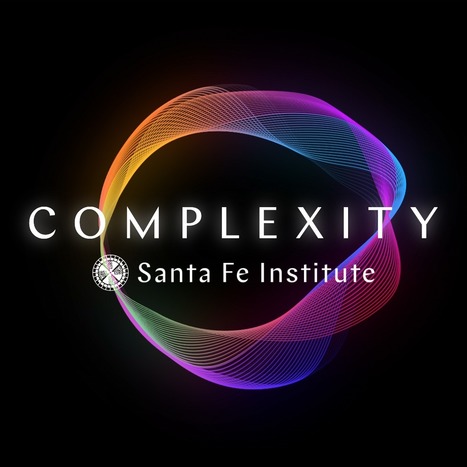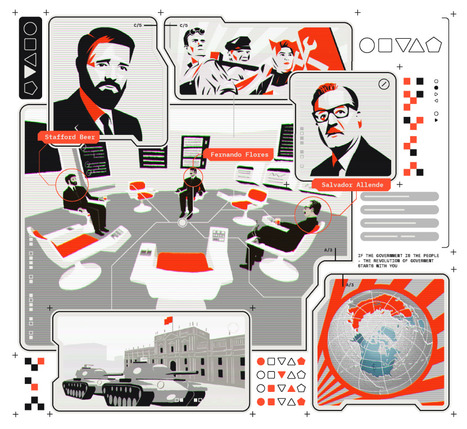Research and publish the best content.
Get Started for FREE
Sign up with Facebook Sign up with X
I don't have a Facebook or a X account
Already have an account: Login
 Your new post is loading... Your new post is loading...
 Your new post is loading... Your new post is loading...

Alessandro Cerboni's curator insight,
April 1, 5:18 AM
Gli uccelli si affollano. Sciame di locuste. Scuola di pesce. In queste assemblee caotiche, in qualche modo l’ordine emerge. I comportamenti collettivi differiscono nei dettagli da una specie all’altra, ma aderiscono in gran parte ai principi del movimento collettivo che i fisici hanno elaborato nel corso dei secoli. Ora, utilizzando tecnologie rese disponibili solo di recente, i ricercatori sono stati in grado di studiare questi modelli di comportamento animale collettivo più da vicino che mai. Queste nuove intuizioni stanno svelando alcuni dei vantaggi segreti del vivere come parte di un gruppo piuttosto che come individuo. Una migliore comprensione degli sciami di parassiti come le locuste potrebbe anche aiutare a proteggere la sicurezza alimentare globale. In questo episodio, il co-conduttore Steven Strogatz intervista l'ecologista evoluzionista Iain Couzin su come e perché gli animali mostrano comportamenti collettivi e sui vantaggi segreti che ne derivano.

Alessandro Cerboni's curator insight,
September 7, 2023 3:45 AM
Il cervello umano è costituito da 100 miliardi di neuroni collegati da una sinapsi di 100 trilioni. Nella sua funzione computazionale, ogni neurone è un semplice dispositivo elettrico. In questo senso non è diverso, nella sua essenza concettuale, da un transistor o un diodo in un microchip al silicio, convertendo i segnali di ingresso in impulsi di tensione effimeri che trasmettono ad altri neuroni. Eppure, l'effetto collettivo di questi piccoli svolazzi elettrici crea la mente intelligente, con la sua sorprendente capacità di percezione e azione, memoria e immaginazione, affetto e indifferenza. Nelle parole di Ramon y Cajal (1854-1932), una figura fondante della neuroscienza, i neuroni sono "le misteriose farfalle dell'anima, il cui battito delle ali potrebbe un giorno rivelarci i segreti della mente."In questo discorso, Vijay Balasubramanian esplorerà le idee attuali su come avviene questa trasmutazione.

Alessandro Cerboni's curator insight,
December 5, 2023 6:58 AM
Il cervello umano è costituito da 100 miliardi di neuroni collegati da 100 trilioni di sinapsi. Nella sua funzione computazionale, ogni neurone è un semplice dispositivo elettrico. In questo senso non è diverso, nella sua essenza concettuale, da un transistor o un diodo in un microchip di silicio, che converte i segnali di ingresso in impulsi di tensione effimeri che trasmettono ad altri neuroni. Eppure, l'effetto collettivo di questi minuscoli sbalzi elettrici crea la mente intelligente, con la sua sorprendente capacità di percezione e azione, memoria e immaginazione, affetto e indifferenza. Secondo Ramon y Cajal (1854-1932), figura fondatrice delle neuroscienze, i neuroni sono "le misteriose farfalle dell'anima, il cui battito d'ali potrebbe un giorno rivelarci i segreti della mente". In questo discorso, Vijay Balasubramanian esplorerà le idee attuali su come avviene questa trasmutazione.

Alessandro Cerboni's curator insight,
September 7, 2023 3:46 AM
Dai sorprendenti progressi evolutivi dell'esplosione cambriana alla nostra attuale rivoluzione informatica, la tendenza della drammatica crescita dopo periodi di stabilità può essere spiegata attraverso la teoria del "adiacente possibile", afferma il biologo teorico Stuart Kauffman. Tracciando l'arco della storia umana attraverso gli strumenti e le tecnologie che abbiamo inventato, spiega l'impatto che l'ingegnosità umana ha avuto sul pianeta e chiede un passaggio verso una maggiore protezione per tutta la vita sulla Terra.
|

Alessandro Cerboni's curator insight,
September 7, 2023 3:46 AM
Cybersyn era un progetto creato dal presidente cileno Salvador Allende. La sua idea era quella di costruire una grande rete digitale al servizio del governo socialista. Era una sorta di Internet prima di Internet, che avrebbe reso possibile la centralizzazione, consentendo di elaborare un'enorme quantità di dati da tutto il Cile. Tuttavia, il progetto fu interrotto bruscamente a causa del colpo di stato del 1973, che portò al potere il generale Pinochet. Cosa sarebbe successo se Allende avesse completato il suo progetto? Questo podcast approfondisce la ricerca degli ingegneri (i Santiago Boys) che hanno aiutato il presidente cileno e, in particolare, la figura di un importante guru della tecnologia britannica, Stafford Beer. La serie è scritta e presentata da Evgeny Morozov

Alessandro Cerboni's curator insight,
June 11, 2023 1:52 PM
Nella maggior parte dei nostri episodi finora, abbiamo preso un singolo concetto e lo abbiamo analizzato attraverso il contesto di un singolo esempio. Ma in questo episodio e nel prossimo, tireremo indietro la telecamera per avere una visione dall'alto della scienza della complessità, esplorando le caratteristiche comuni a tutti i sistemi complessi. Siamo nuovamente raggiunti da Karoline Wiesner, Professore di Scienza della Complessità presso il Dipartimento di Fisica e Astronomia dell'Università di Potsdam in Germania. In questo episodio, Karoline spiegherà quattro condizioni che vediamo nella scienza della complessità: numerosità, disordine e diversità, feedback e non equilibrio. Alla fine dell'episodio, li riuniranno tutti per spiegare un concetto centrale dei sistemi complessi: l'emergenza.

Alessandro Cerboni's curator insight,
September 7, 2023 3:48 AM
Finora nella maggior parte dei nostri episodi, abbiamo preso un singolo concetto e lo abbiamo esaminato nel contesto di un singolo esempio. Ma in questo episodio e nel prossimo, tireremo indietro la fotocamera per avere una visione a volo d'uccello della scienza della complessità, esplorando le caratteristiche comuni a tutti i sistemi complessi. Siamo di nuovo raggiunti da Karoline Wiesner, professore di scienze della complessità presso il Dipartimento di Fisica e Astronomia dell'Università di Potsdam in Germania. In questo episodio, Karoline spiegherà quattro condizioni che vediamo nella scienza della complessità: numerosità, disordine e diversità, feedback e non equilibrio. Alla fine dell'episodio, li riunirà tutti per spiegare un concetto centrale di sistemi complessi: l'emergenza.
|





